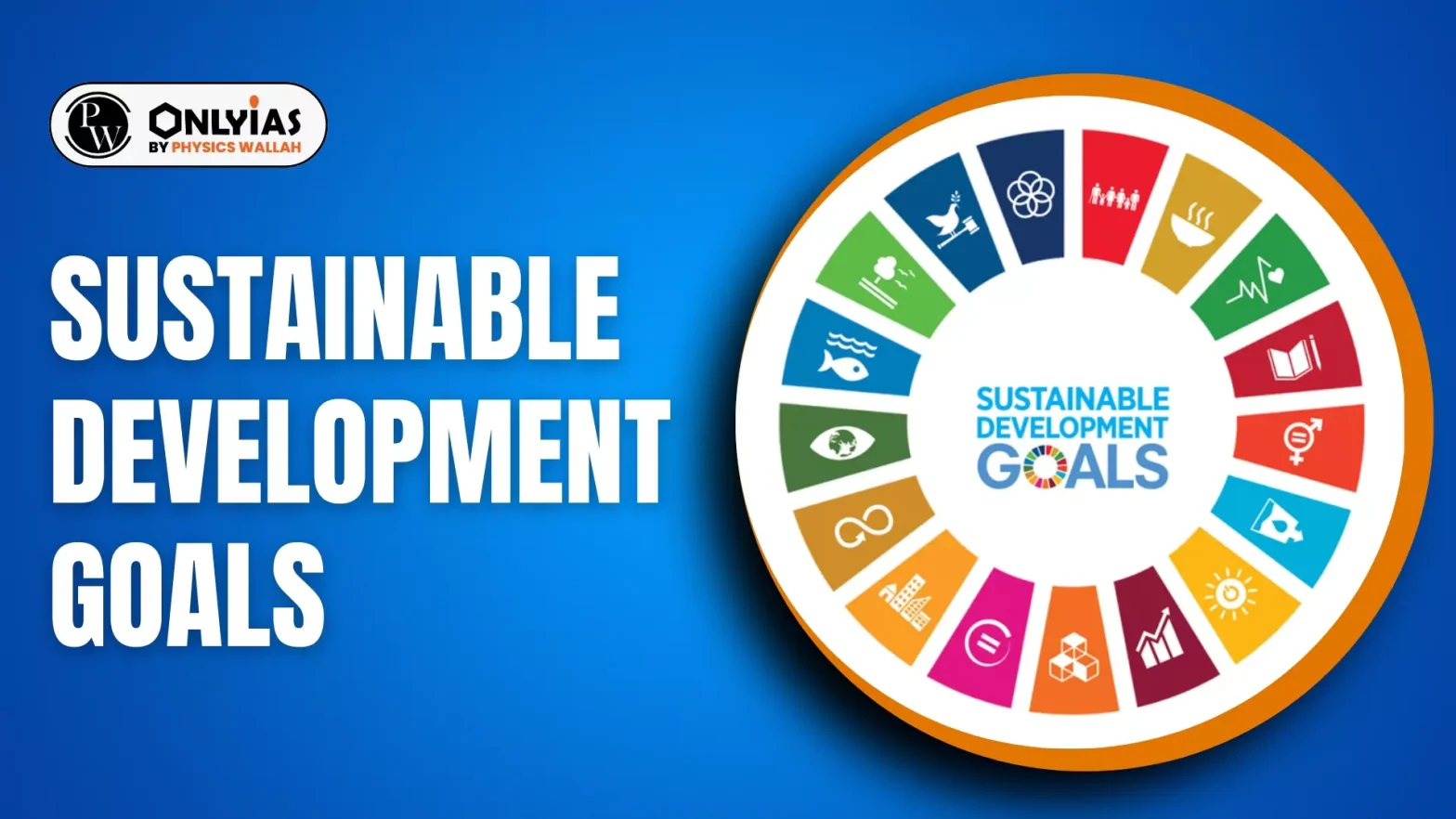The 17 Sustainable Development Goals (SDGs) serve as an urgent call to action for all nations, both developed and developing, fostering global partnerships for a sustainable future.

The Sustainable Development Goals (SDGs) are a set of 17 global goals adopted by all United Nations (UN) member states in 2015, designed to end poverty, protect the planet, and ensure peace and prosperity by 2030. These goals address a wide range of social, economic, and environmental challenges, aiming to create a sustainable future for all. For students and aspirants, understanding the SDGs is vital as they represent the foundation of global development and cooperation.
The Sustainable Development Goals (SDGs) are an evolution of the Millennium Development Goals (MDGs) and represent a universal call to action. Each goal is comprehensive and interconnected, focusing on key areas like health, education, economic growth, environmental protection, and climate action. These goals outline specific targets to be achieved by 2030, with indicators to measure progress, providing a structured approach to address global challenges.
| Highlights of Sustainable Development Goals (SDGs) | |
| Aspect | Details |
| Established By | United Nations |
| Launch Date | September 2015 |
| Total Goals | 17 |
| Total Targets | 169 |
| Target Year | 2030 |
| Purpose | To address global challenges such as poverty, inequality, climate change, and peace. |
| Previous Framework | Millennium Development Goals (MDGs) |
| Alignment in India | NITI Aayog monitors and implements SDGs through state collaboration and an annual SDG Index. |
| Major Focus Areas | Social inclusion, environmental sustainability, economic growth, and strong institutions. |
| Key Indicator | NITI Aayog’s SDG Index evaluates progress across states and UTs annually. |
The SDGs are a global call for sustainable development, urging individuals, communities, and nations to work together to achieve a prosperous, inclusive, and sustainable future by 2030. Here are the 17 Sustainable Development Goals (SDGs) for 2030:
In India, NITI Aayog leads the implementation of SDGs, developing a framework to localize and monitor progress. NITI Aayog’s approach includes aligning the goals with national development priorities and collaborating with states for effective execution. The focus areas are adapted to meet India’s unique needs, emphasizing areas like poverty reduction, quality education, and clean energy.
The NITI Aayog SDG Index ranks Indian states and Union Territories based on their performance in achieving the SDGs. The 2024 Index provides a comprehensive assessment of each state’s progress, focusing on indicators for each SDG. It encourages competition among states to drive development and helps identify areas needing improvement.
Key interventions facilitating SDG achievements include:
Sign up for the PWOnlyIAS Online Course by Physics Wallah and start your journey to IAS success today!
UPSC Exam 2025 Related Articles
UPSC Prelims 2025 Exam
UPSC Notification 2025
UPSC Preparation 2025
UPSC Eligibility 2025
UPSC Exam Pattern
UPSC Syllabus
The SDGs are 17 global goals established by the UN to achieve sustainable development worldwide by 2030, covering social, economic, and environmental aspects.
They provide a roadmap for addressing global challenges such as poverty, inequality, and climate change, fostering a more sustainable and inclusive world.
NITI Aayog monitors India’s progress through the SDG Index, focusing on areas like poverty reduction, clean energy, and quality education.
NITI Aayog leads India’s SDG localization, aligning national policies with the goals and coordinating efforts with states.
Students can contribute by promoting sustainable practices, volunteering, and raising awareness about issues like climate action, education, and responsible consumption.

<div class="new-fform">
</div>